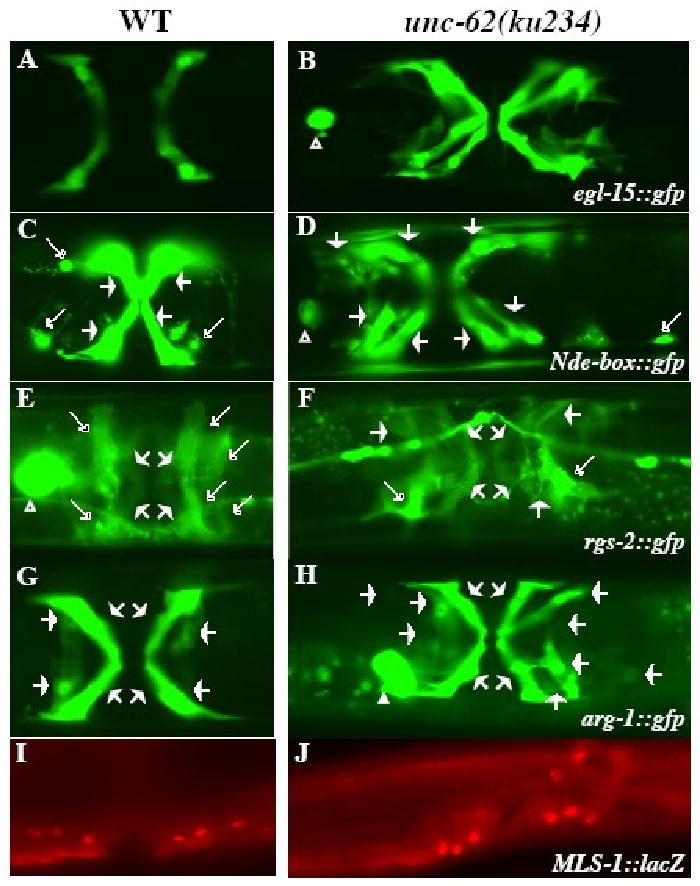Figure 2. Uterine muscles (UMs) and type II vulval muscles (VM2s) are transformed to type I vulval muscles (VM1s) in unc-62(ku234) mutants.

Ventral views of wild-type (A, C, E, G) and unc-62(ku234) (B, D, F, H) animals showing the differentiated sex muscles. Four VM1s in wild-type (A) and 12 VM1s in unc-62(ku234) (B) animals visualized by egl-15∷gfp. UMs and VMs visualized by Nde-box∷gfp (C, D) and rgs-2∷gfp (E, F) in wild-type (C, E) and unc-62(ku234) (D, F) animals. The morphology of UMs (marked by longer open arrows) and VMs (marked by short solid arrows) are distinct. unc-62(ku234) animals (D, F) have reduced numbers of cells with the UM morphology and extra numbers of cells with the VM morphology. arg-1∷gfp in wild-type (G) and unc-62(ku234) (H) animals showing both VM1s and VM2s. The unc-62(ku234) animal in panel H has 12 VM1s. (I, J) mls-1∷LacZ expression pattern in wild-type (I) and unc-62(ku234) (J) animals. Six out of the 12 (I) and 8 out of the 12 (J) mls-1∷lacZ-expressing cells are shown in panels I and J, respectively. The other mls-1∷lacZ-expressing cells are on a different focal plane. Both wild-type and unc-62(ku234) animals show similar mls-1∷lacZ expression patterns.
